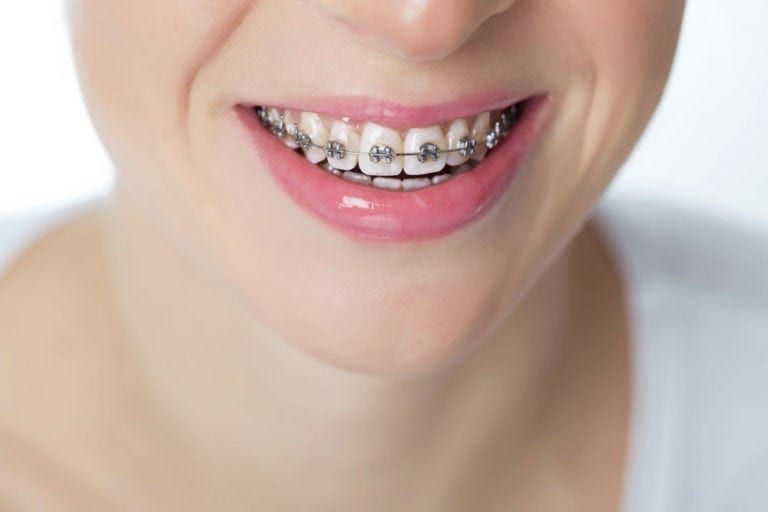Teeth Polishing vs. Scaling: What’s the Difference?
- dclinicdubai
- Jul 3, 2025
- 4 min read
Oral hygiene is an essential part of overall health, and professional dental cleanings play a critical role in maintaining a healthy smile. Two common procedures people often hear about are teeth polishing and scaling — but they serve different purposes. If you're considering Teeth Polishing & Scaling In Dubai, it's helpful to understand how these two treatments differ so you can choose the right care based on your dental needs.

What Is Teeth Scaling:
Teeth scaling is a dental procedure focused on removing plaque and tartar (hardened plaque) from the surface of the teeth and below the gumline. This treatment is especially important in preventing or managing gum disease, as tartar build-up can cause inflammation and infection in the gums if not properly removed.
Key benefits of scaling:
Removes hardened tartar that brushing can't
Reduces gum inflammation and bleeding
Helps prevent periodontal disease
Improves bad breath caused by bacteria
What Is Teeth Polishing:
Teeth polishing is typically performed after scaling and is designed to smooth the tooth surface and remove minor stains. It gives your teeth a smooth, glossy finish and reduces the chances of new plaque build-up by eliminating rough surfaces where bacteria can attach.
Key benefits of polishing:
Improves the appearance of teeth
Removes surface-level stains from coffee, tea, or smoking
Leaves teeth feeling clean and smooth
Enhances overall freshness of the mouth
Main Differences Between the Two:
While both procedures are part of routine dental cleaning, their functions are distinct. Scaling is therapeutic — it focuses on removing harmful substances from the teeth and gums. Polishing is more cosmetic — it enhances the look and feel of the teeth.
Here’s a quick breakdown of the differences:
Purpose: Scaling treats gum disease; polishing enhances appearance
Target: Scaling reaches beneath the gumline; polishing is surface-level
Tools Used: Scaling uses ultrasonic or hand tools; polishing uses a soft rubber cup and paste
Sensation: Scaling may cause slight discomfort; polishing is usually painless
When You Need Scaling:
Scaling is generally recommended when there are signs of gum disease or excessive tartar build-up that can’t be removed through daily brushing and flossing. Your dentist may also recommend scaling more frequently if you have a history of periodontal problems.
Common signs you need scaling:
Bleeding gums when brushing
Persistent bad breath
Red, swollen, or tender gums
Visible tartar between teeth and at the gumline
When You Need Polishing:
Teeth polishing is ideal for patients who want to maintain the cosmetic appearance of their smile and keep their teeth feeling fresh and clean. It’s not a substitute for scaling but is a valuable complement, especially for those concerned about stains or discoloration.
Situations where polishing is helpful:
After a professional scaling session
Before cosmetic dental procedures like whitening
To maintain a polished, clean look for special events
As part of a regular 6-month dental cleaning
Can You Get Both Together:
Yes, most dental cleanings combine both scaling and polishing during a single appointment. It’s common for dentists to first scale the teeth to remove tartar and bacteria, then polish them to smooth the surface and improve appearance. This dual approach ensures your mouth is both healthy and visually appealing.
Why combining both is ideal:
Addresses both hygiene and aesthetics
Leaves your teeth clean, smooth, and refreshed
Helps you maintain better oral health over time
Prepares your mouth for other treatments like whitening
What to Expect During Each Procedure:
Both procedures are quick and non-invasive, but they use different tools and techniques. Scaling involves more tactile work, while polishing is relatively simple and gentle.
Scaling may involve:
Use of ultrasonic scalers that vibrate to break up tartar
Manual scraping instruments for stubborn plaque
Cleaning above and below the gumline
Polishing typically involves:
A slow-speed handpiece with a soft rubber cup
Application of a gritty polishing paste
Light pressure for 10–15 seconds per tooth
Duration and Frequency:
How often you should get these procedures depends on your oral health. Most people benefit from professional cleanings every 6 months, but some may need more frequent visits based on their dental history or habits.
General recommendations:
Scaling: Every 6 months for most; every 3–4 months for those with gum issues
Polishing: Every 6 months or after each scaling session
For smokers or heavy coffee drinkers: Consider more frequent polishing
Cost Considerations:
The cost of teeth polishing and scaling can vary depending on your location, the clinic’s reputation, and the severity of cleaning required. If you’re seeking Teeth Polishing & Scaling In Dubai, expect to find high-quality services that reflect modern dental standards and advanced equipment, though prices may be slightly higher compared to basic cleanings.
Factors that affect cost:
Clinic location and reputation
Level of tartar build-up
Whether anesthesia or deep cleaning is required
Insurance coverage or dental plans
Final Thoughts:
Understanding the difference between teeth polishing and scaling helps you make informed decisions about your dental care. Scaling focuses on removing harmful build-up that could lead to gum disease, while polishing enhances the look and feel of your teeth. Both are essential elements of a thorough dental cleaning routine. If you're considering Teeth Polishing & Scaling In Dubai, consult a licensed dentist who can assess your needs and recommend the best combination of treatments to keep your smile healthy and bright.


Comments